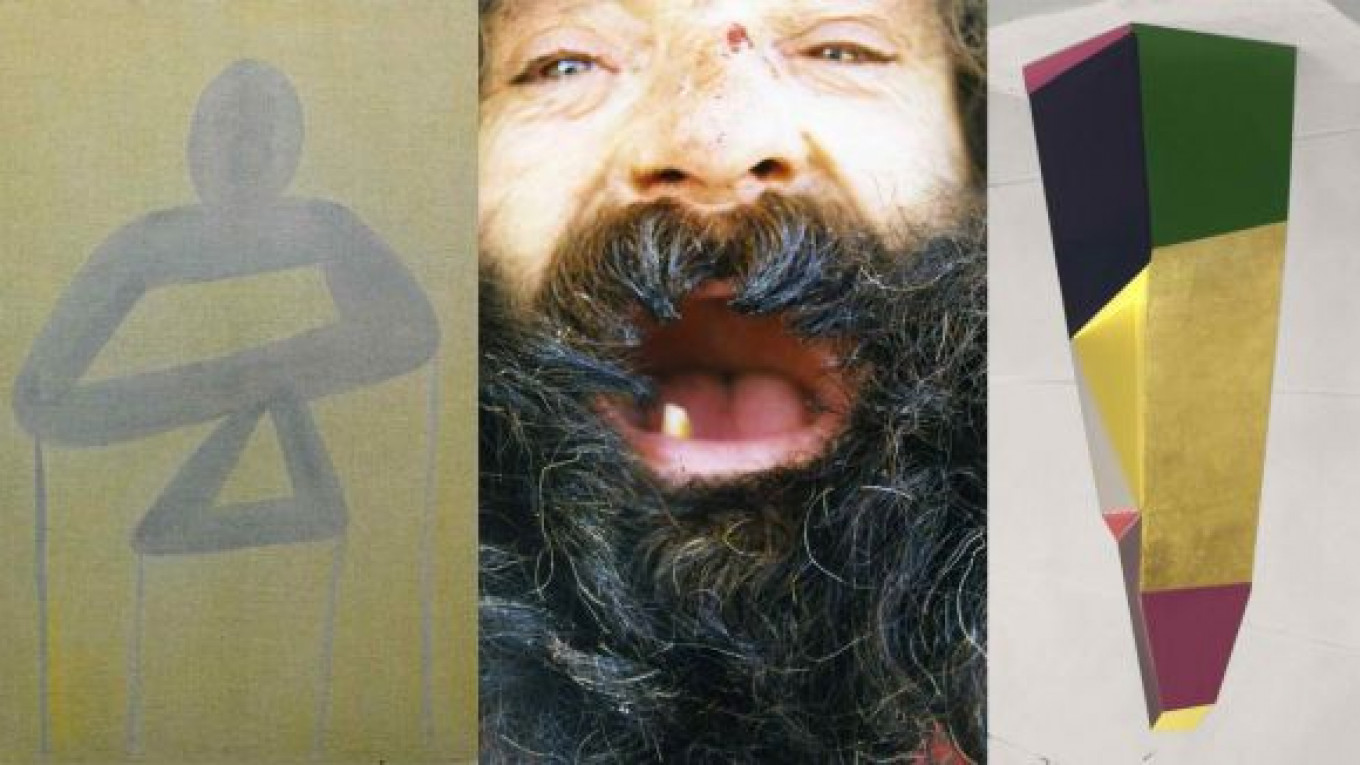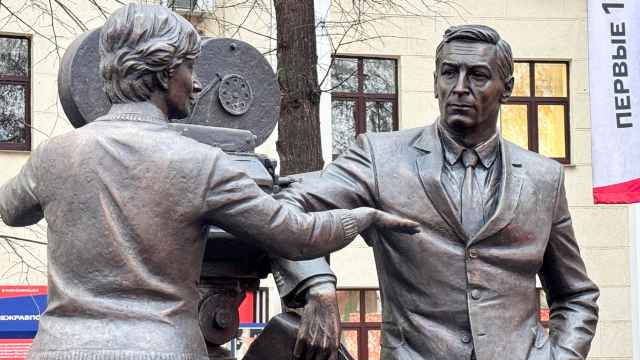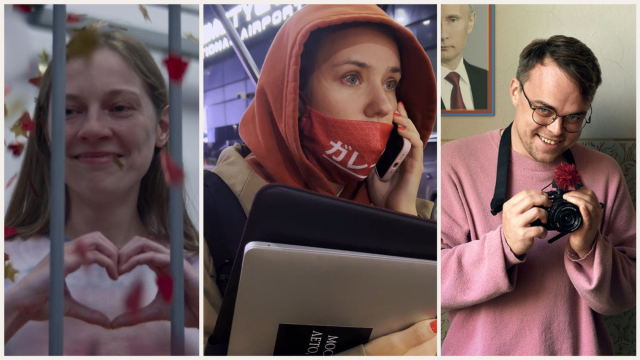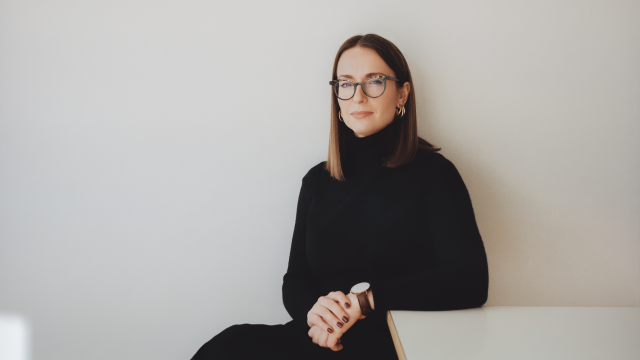LONDON — The real stars of a new show of contemporary Russian art at the Saatchi Gallery in central London are society's outcasts — criminals, drug addicts, despised government bureaucrats and ordinary people perched on window ledges ready to jump.
Several of the 18 artists who make up the major survey of work from the former Soviet Union have focused their lenses and brushes on those for whom the collapse of the Communist system meant destitution rather than freedom or wealth.
Central to the exhibition, which runs at British art collector Charles Saatchi's gallery near swanky Sloane Square from Nov. 21-May 5, is "Case History," a series of photographs by Ukraine's Boris Mikhailov.
The pictures, many large-scale, were taken in 1997 and 1998 in the last years of Boris Yeltsin's tenure as Russia's first president and document the lives of people on the fringes of society in Mikhailov's home town of Kharkov.
Faces staring into the camera are deeply lined and aged well beyond their years. There are clear signs of alcoholism, drug abuse and violence, bodies have been disfigured by years of neglect and the surroundings point to grinding poverty.
The subjects, described by the artist as a "carnival of desperate characters," posed for the camera and Mikhailov paid and fed them in return.
According to Rebecca Wilson, the gallery's director, it was Mikhailov's disturbing pictures that sparked Saatchi's interest in art from the region and ended in him acquiring the works on display at a free exhibition.
The showcase of former Soviet art, ironically named "Gaiety is the most outstanding feature of the Soviet Union" — after a quotation by Josef Stalin —follows similar regional surveys including those of the Middle East, China and the United States.
"I think it's a chance to see something that hasn't really been discovered," Wilson said before the show opened.
"I don't think it's saying that there is this movement and there is this group and we want to put them on the map.
"It's more a sense of, if you're interested in contemporary art and you're interested in finding out what's going on in different cultures and different countries you're unlikely to see much that's coming out from Russia."
Wilson said many of the featured artists would struggle to be shown in their native countries, where galleries tend to be too "conservative" to showcase their works.
And super-wealthy Russian collectors who have acquired some of the most valuable works of art at auction and in private sales in recent years are largely uninterested in the cutting edge of contemporary Russian culture.
"They don't want this stuff," she said. "They want either work by bigger named Russians … or they want to buy trophy Western art so they can say 'I've got my Damien Hirst' or 'I've got my Jeff Koons'."
Mikhailov's series is one of several in the collection.
The first room is dedicated to Sergei Vasiliyev's black-and-white full length pictures of prisoners in the Russian city of Chelyabinsk taken between 1989 and 1993, a period that mirrors the collapse of the Soviet Union under Mikhail Gorbachev and the often chaotic rise of capitalism under Yeltsin.
All are heavily tattooed, and the images they have painfully scraped and inked into their skin using everything from urine to blood contain coded messages that were aimed at the Soviet system and reflected the severity of their crimes.
A third set of photographs by Moscow-based Vikenti Nilin captures people perched passively on window ledges of Soviet-era apartment blocks, prompting viewers to wonder whether they are about to jump to their deaths and why.
Valery Koshlyakov depicts architectural monoliths such as a Stalin-era "wedding cake" building in Moscow on fragile, peeling cardboard, an ironic commentary on a failed utopia.
And Gosha Ostretsov's installation "Criminal Government" recreates cells in which government officials have been tortured and dehumanized to the point of suicide.
Not all of the 18 artists are so overtly political, and amid the despair there is plenty of humor.
Dasha Fursey's tower of glass jars containing colored preserves is a reference to the Russian custom of pickling food to beat shortages during its long winters as well as to the concept of a lost Russian landscape preserved in formaldehyde.
Related articles:
A Message from The Moscow Times:
Dear readers,
We are facing unprecedented challenges. Russia's Prosecutor General's Office has designated The Moscow Times as an "undesirable" organization, criminalizing our work and putting our staff at risk of prosecution. This follows our earlier unjust labeling as a "foreign agent."
These actions are direct attempts to silence independent journalism in Russia. The authorities claim our work "discredits the decisions of the Russian leadership." We see things differently: we strive to provide accurate, unbiased reporting on Russia.
We, the journalists of The Moscow Times, refuse to be silenced. But to continue our work, we need your help.
Your support, no matter how small, makes a world of difference. If you can, please support us monthly starting from just $2. It's quick to set up, and every contribution makes a significant impact.
By supporting The Moscow Times, you're defending open, independent journalism in the face of repression. Thank you for standing with us.
Remind me later.






